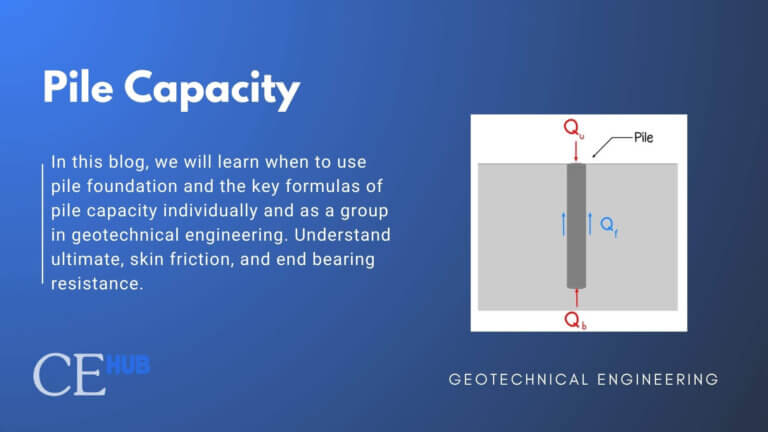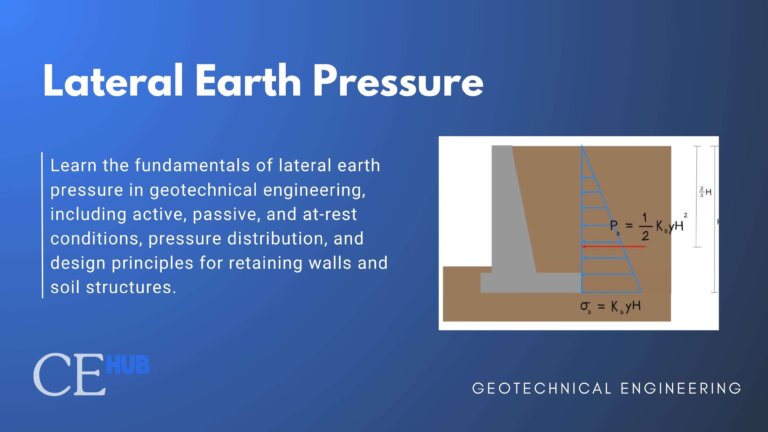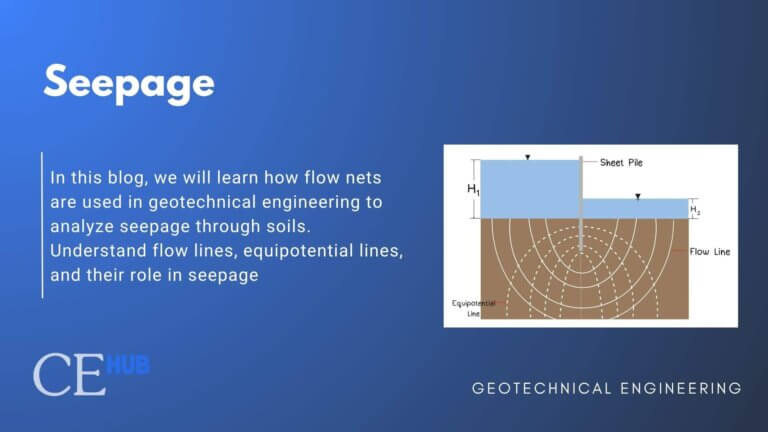Foundations are essentially the backbone of a structure. They provide strength, stability, and defense against uneven settlement or shifting by distributing a building’s weight to the ground underneath. Understanding the various types of foundations is crucial for anyone studying civil engineering or hoping to become a structural engineer because it explains how sturdy, secure buildings are constructed.
Foundations can be classified into two types:
- Shallow Foundations
- Deep Foundations
Shallow Foundations
Shallow foundations are commonly used due to their economical value and ease of construction compared to deep foundations. When the soil has good bearing capacity and minimal settlement, shallow foundations suffice for the foundation
When is a shallow foundation enough?
- Soil Bearing Capacity – adequate shallow depths ranging from 1-3 meters.
- Structural Load – Is the structural load light to moderate? Examples of these are small structures to residential buildings.
- No Soil Erosion -There’s no risk of soil erosion or shrinkage near the foundation of the structure.
Types of Shallow Foundation
1. Isolated Footing
Isolated footings are usually used to support columns by transmitting their concentrated loads from the structure to the underlying earth. They assist in controlling settlement, preserving structural integrity, and averting sliding or toppling.
Types of Isolated Footings
There are three types of isolated footing:
Isolated Spread Footing
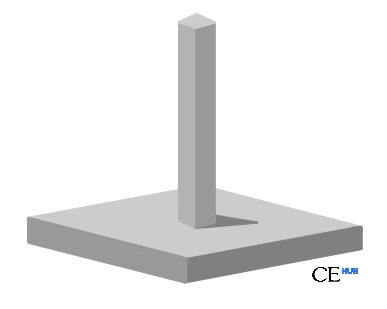
Isolated footings are usually used to support columns by transmitting their concentrated loads from the structure to the underlying earth. They assist in controlling settlement, preserving structural integrity, and averting sliding or toppling.
Isolated Sloped Footing
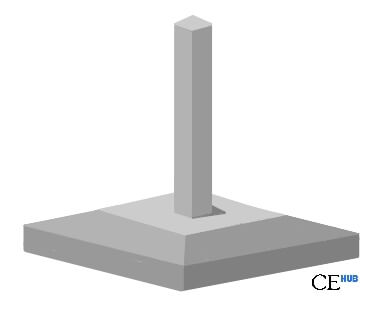
Isolated footings, also known as pad or flat footings, are constructed independently in square, rectangular, or circular configurations beneath columns. At critical points, their uniform thickness contributes to the reduction of shear and bending forces. It may consist of either plain or reinforced concrete to enhance load-bearing capacity, contingent upon the load specifications.
Isolated Stepped Footing
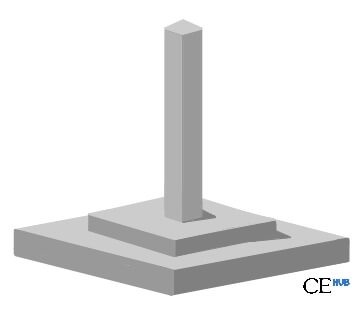
In the early years of civil engineering, this sort of footing was highly favored. Nonetheless, due to technological advancements, the utilization of stepped footing has diminished. This is mostly due to economic concerns. Isolated stepped footings are frequently employed in residential construction projects. Typically, three concrete cross-sections are vertically aligned to create a step-like structure.
2. Combined Footing
Combined footing is utilized when columns are closely situated, often implemented when many columns overlap, making it more economical to merge them into a single footing.
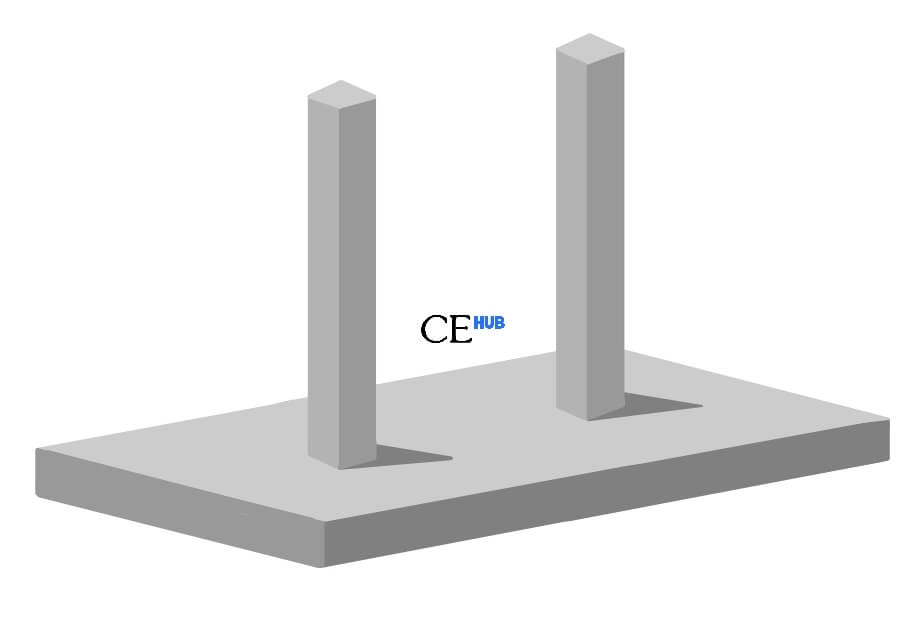
3. Strip Footing
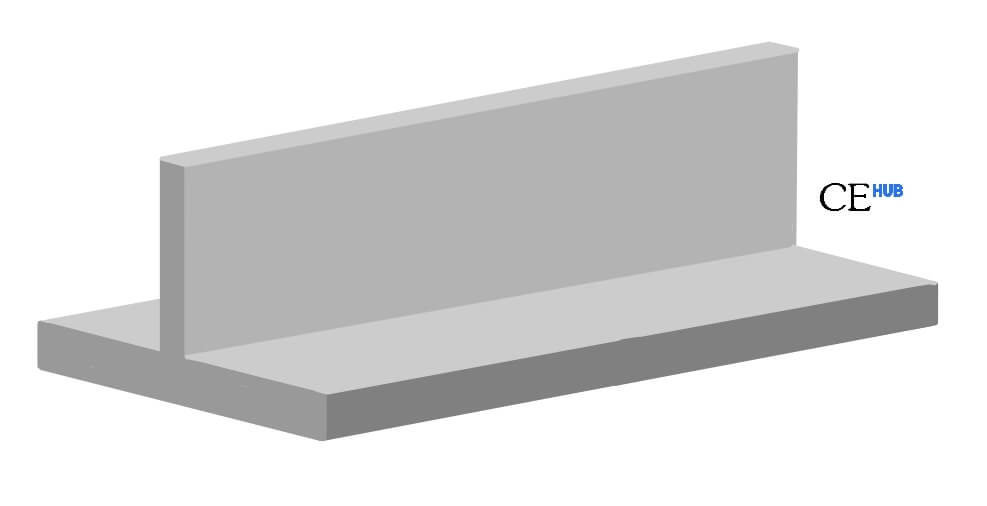
In civil engineering, a strip footing, also known as a continuous footing, is a type of shallow foundation. It is intended to reinforce linear structures, such as load-bearing walls and, in some cases, a series of piers or columns. It travels through the wall before being evenly distributed across the strip and into the soil underneath.
4. Raft or Mat Foundation
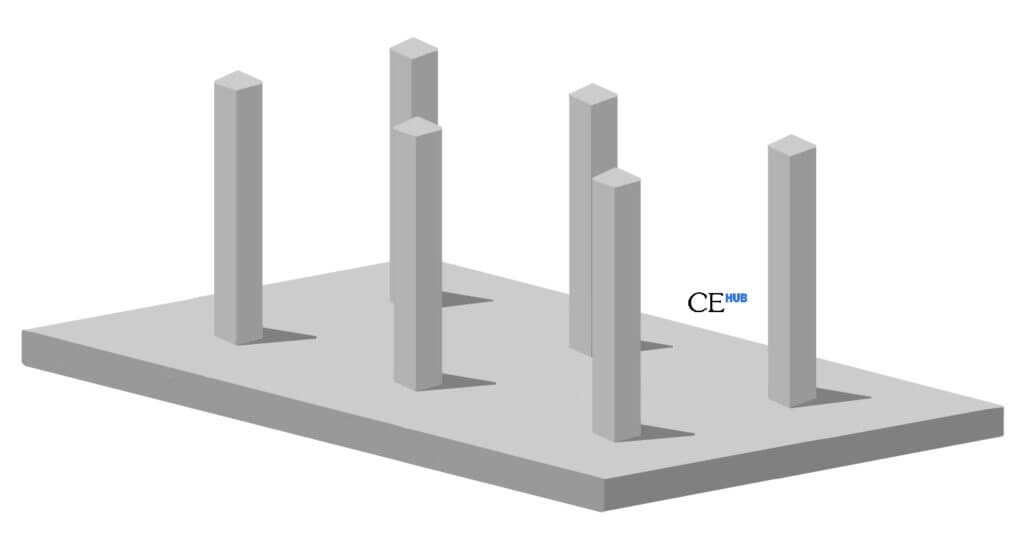
Deep Foundations
Deep foundations transfer loads to deeper, more stable layers. Utilized when the surface soil is compromised or the building is subjected to significant loads.
1. Pile Foundation

Usually used in High-rise buildings, bridges, over water structures
2. Pier Foundation (Caisson)

Large cylindrical shafts constructed below ground or underwater.
Pros and Cons of Shallow and Deep Foundation
Shallow Foundation
Pros
Cost Effective
Shallow foundations are commonly used due to their affordability compared to deep foundations. They require minimal excavation and less expensive materials. In addition to that, deep foundation requires advanced machinery for deep excavation, which significantly lowers labor and equipment costs.
Easy to Construct
Shallow foundations are easy to build and call for simple tools and knowledge. For layout, excavation, reinforcing, and concreting. Also, the standard processes is easy to follow for civil engineers and contractors. This simplicity reduces the risk of error and faster project completion.
Time-Efficient
Shallow foundations are faster to build as they have fewer procedures. Projects with strict deadlines or need quick construction may find this foundation helpful.
Accessibility
Because they are near to the surface, shallow foundations are simpler to maintain, check, and fix if necessary. Their ease of use also helps to simplify quality control during building, therefore guaranteeing structural integrity and performance throughout time.
Environmental Impact
Since shallow foundations disturb less soil and require less heavy machinery, they have a lower environmental footprint. This makes them a more sustainable option for projects aiming to reduce ecological disruption and carbon emissions during construction.
Cons
Limited Depth
Shallow foundations have several main disadvantages, one of which is their inappropriateness to some soil conditions. The strength of topsoil layers determines these foundations, so structural performance may be impaired in case these are insufficient.
Load Limitations
If you are constructing high-rise buildings, shallow foundations are not a great option because the load is exponentially large compared to low-rise building and you also need to consider other loads, such as wind loads, which is greater in high-rise buildings. Therefore, a shallow foundation might not be sufficient for the structural integrity of the building.
Settlement Issues
Differential settlement may develop from uneven or inadequately compacted soil under a shallow foundation. This unequal sinking can lead to structural deterioration, including floor and wall fissures. Such conditions will compromise the safety and raise maintenance expenses.
Not Ideal for Expansive Soils
Shallow foundations are challenged by soils that greatly expand or shrink with moisture changes, especially those high in clay. These soil movements might cause foundation cracks and distortions, therefore lowering the general dependability and lifetime of the construction.
Deep Foundation
Pros
Enhanced load-bearing capacity
One main reason a deep foundation is used is its capacity to handle higher loads. In soft or unstable soils, deep foundations show greater stability than shallow foundations. For infrastructure on uneven ground, bridges, and tall buildings, they are consequently perfect.
Improved Stability
These foundations, deep under the surface, are meant to reach stable, solid ground or rock layers. As such, the probability of settlement or displacement over time decreases, thereby guaranteeing the stability and safety of buildings.
Versatility
Applications for deep foundations are many. Challenging soil conditions can call for clay, silt, sand, and rock. This is especially helpful on varied or uneven ground.
Prefabrication
There are many of prefabrication and customizing choices available. While changing deep foundation systems, including caissons, drilled shafts, and piles, one might take into account elements like depth, size, material, and other specifications of a project. This adaptability allows one to strike a compromise between performance and cost.
Enhances Management of Lateral Loads
Deep foundations are less susceptible to lateral stresses such as wind andLess prone to lateral loads like wind and earthquakes are deep foundations. Since they are rooted deeper into the ground, they may safely send these weights to more strong layers beneath.earthquakes. They may securely transmit these loads to more robust layers beneath, as they are rooted deeper into the earth.
Cons
Higher Construction Costs
Going deep means spending more. The equipment, labor, and materials needed for installation are all more expensive than with shallow foundations. Plus, you’ll need proper site investigations and detailed design — which adds up fast.
Construction Time
Deep foundations aren’t quick to install. Whether you’re drilling, boring, or pile-driving, it’s a time-consuming process. Large projects need careful coordination, which can delay timelines.
Environmental Impact
Some installation methods (especially driven piles) can produce noise, vibration, and other disturbances. These can affect nearby buildings, wildlife, or communities — so managing environmental impact is key.
Site Limitation
Certain conditions can make deep foundation work tricky. Things like underground utilities, high water tables, or tough rock layers can complicate installation or push costs even higher.
Harder to Inspect or Maintain
Unlike shallow foundations, deep foundations are not visible. This makes them tougher to check, maintain, or repair if something goes wrong. Special tools and skilled teams are often required.
Strict Quality Control Needed
Because we can’t see the construction process clearly underground, ensuring quality is more complex. Monitoring and testing methods are in place, but mistakes can be expensive to fix — so precision and supervision are critical from the start.
References
Isolated Footings: Know Types, Shapes and Design Criteria, Steps. (n.d.). Testbook. https://testbook.com/civil-engineering/isolated-footings
Prasad, B. (2023, May 28). Advantages and disadvantages of deep foundation. The Geo Tech. https://thegeotech.com/advantages-and-disadvantages-of-deep-foundation/

